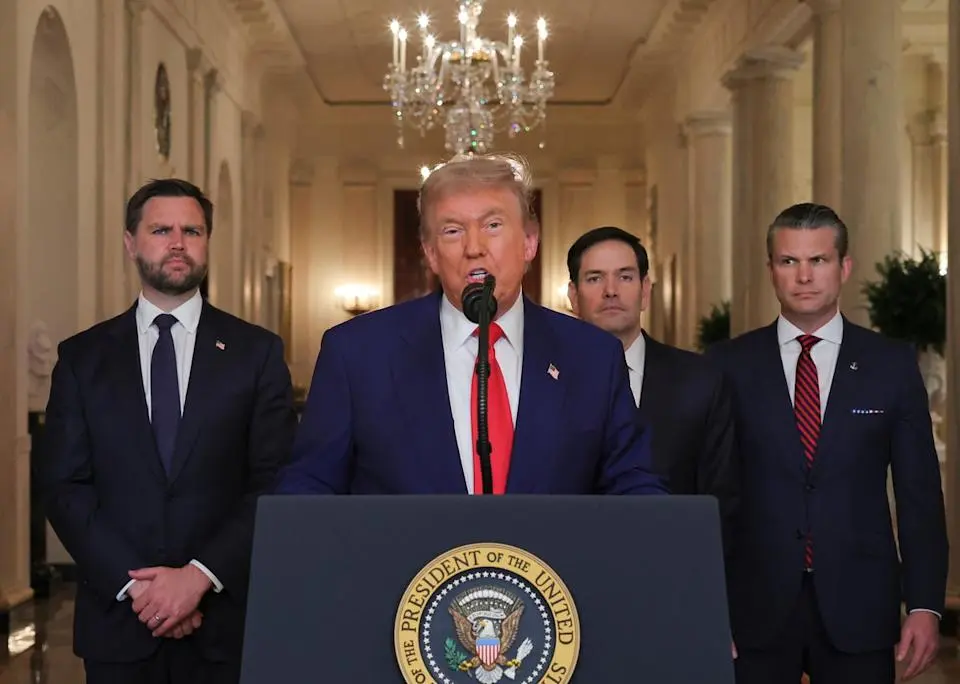
In an age of heightened national security, digital surveillance, and global terrorism threats, the phrase “sleeper cells in America” continues to stir both genuine concern and sensational headlines. But what are sleeper cells? Do they actually exist in the United States? And how much of the concern is rooted in reality versus political or media-driven fear?
This article dives deep into the facts, the history, the warnings from intelligence officials, and what Americans should realistically understand about the threat of sleeper cells operating within U.S. borders.
What Are Sleeper Cells?
Sleeper cells refer to small groups of operatives who live inconspicuously in a target country—like the United States—often blending in by adopting local customs, jobs, and even citizenship. These individuals lie dormant for years or even decades, awaiting activation by a foreign government or terrorist network to carry out espionage, sabotage, or coordinated attacks.
Unlike lone-wolf terrorists, sleeper cells often receive formal training and financial support from state or non-state actors, making them more sophisticated and harder to detect.
Sleeper Cells in America: A Real Threat or Media Myth?
The idea of sleeper cells in America reached a peak in public consciousness after the September 11, 2001 terrorist attacks, which were planned by al-Qaeda operatives who had lived in the U.S. for months prior. Since then, the term has appeared frequently in movies, books, and political rhetoric.
But has the U.S. actually found confirmed sleeper cells since 9/11?
According to declassified reports and congressional hearings, the FBI, CIA, and Department of Homeland Security have all investigated potential sleeper cell activity over the last two decades. Several arrests have been made, but full-fledged sleeper cell plots—defined as coordinated, long-term operations involving multiple individuals—remain relatively rare.
Former FBI Director Robert Mueller once testified before Congress that while “no major sleeper cell operation has been fully executed post-9/11, the potential continues to exist.”
Known Cases and Arrests
While many investigations are classified or ongoing, a few high-profile cases have been made public:
1. The Lackawanna Six (2002)
A group of Yemeni-American men from Lackawanna, New York, were accused of traveling to Afghanistan before 9/11 to attend al-Qaeda training camps. Although they weren’t directly involved in an attack, they were prosecuted under terrorism laws for providing material support to a foreign terrorist organization.
2. Najibullah Zazi (2009)
A Colorado resident who was trained by al-Qaeda in Pakistan, Zazi returned to the U.S. and plotted to bomb the New York City subway system. Though not part of a traditional sleeper cell, his case underscored the risks of radicalized U.S. residents being activated for terrorism.
3. Hezbollah-linked Cells (2017–2019)
Federal prosecutors revealed that Hezbollah’s external operations unit, known as Unit 910, had operatives conducting surveillance of potential targets in major U.S. cities including New York, Boston, and Washington, D.C.
In each of these cases, intelligence agencies argued that while these individuals lived low-profile lives, their missions were deeply tied to foreign networks, echoing the definition of sleeper cells.
U.S. Government Response
The United States maintains several counterintelligence and counterterrorism programs focused specifically on detecting and dismantling sleeper operations:
- FBI Joint Terrorism Task Forces (JTTF): These multi-agency teams operate in every major U.S. city and have a mandate to track terrorism-related threats, including sleeper cells.
- National Counterterrorism Center (NCTC): Collects, analyzes, and shares terrorism intelligence across agencies.
- ICE Homeland Security Investigations (HSI): Focuses on visa fraud and immigration-related tactics used by potential foreign operatives to enter and embed within the U.S.
Additionally, digital surveillance and public reporting (i.e., “see something, say something”) have played key roles in thwarting potential plots.
Are Foreign Governments Behind Sleeper Cells?
It’s not just terrorist organizations like ISIS or al-Qaeda that pose sleeper threats. Intelligence analysts point to nation-states like Iran, China, and Russia as potential sponsors of long-term covert operations on U.S. soil.
- Iran’s Quds Force and Hezbollah have both been tied to operations intended to prepare for retaliation against American targets if conflict escalates.
- Russia’s SVR and GRU have used sleeper-like tactics for espionage, as seen in the 2010 exposure of the “Illegals Program,” where deep-cover Russian agents lived undetected in American suburbs for years.
While these operatives are often more focused on spying than violence, the tactics are similar: blend in, wait, and activate when ordered.
The Role of Public Fear and Political Rhetoric
Discussions about sleeper cells in America can become highly charged, particularly during election seasons or national crises. Some critics argue that the threat is exaggerated to justify invasive surveillance or restrictive immigration policies.
However, intelligence professionals caution against dismissing the concept entirely.
“We don’t want to sensationalize the term ‘sleeper cell,’ but we also can’t pretend it’s fiction,” said Michael Leiter, former director of the National Counterterrorism Center. “The nature of these threats is that we may not see them—until it’s too late.”
How You Can Stay Informed and Safe
The good news? Agencies in the U.S. have become vastly more capable of detecting terrorist networks since 9/11, and public vigilance plays a huge role in preventing attacks.
Here’s what you can do:
- Stay informed from credible sources like DHS.gov, FBI.gov, and international news outlets.
- Report suspicious behavior to local law enforcement or FBI tip lines.
- Avoid misinformation: Don’t share unverified reports on social media that could stoke unnecessary panic or spread falsehoods.
Final Thoughts: Vigilance, Not Fear
The topic of sleeper cells in America will likely remain a part of the national security conversation for years to come. While documented cases are limited and sensationalized versions often dominate entertainment media, the threat—however small—remains real.
Understanding what sleeper cells are, how they operate, and how the U.S. defends against them helps separate fact from fear.

